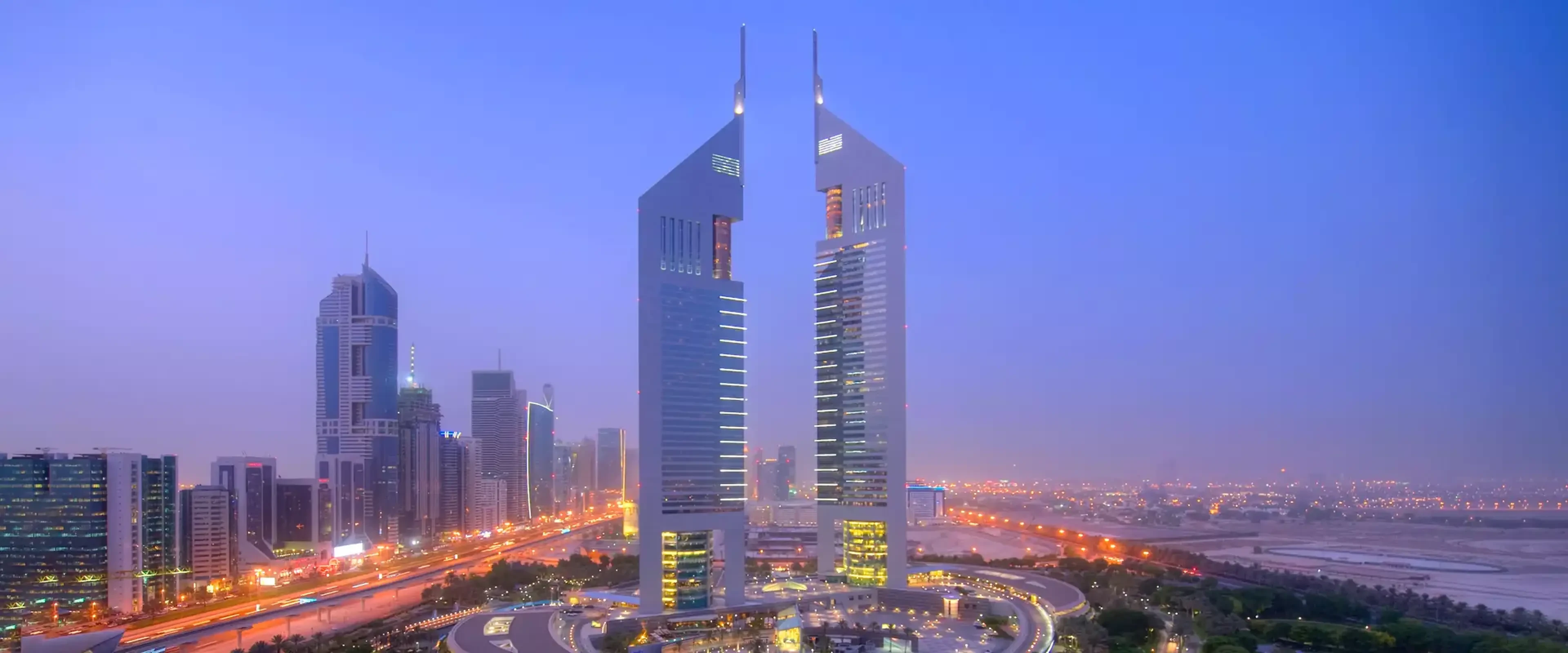Dubai landmark Jumeirah Emirates Towers marks 25 years

Dubai: Soaring high above the DIFC, the Jumeirah Emirates Towers, one of Dubai’s most recognizable landmarks, is celebrating its 25th anniversary this April, marking a quarter-century since its opening in April 2000.
The story of this architectural marvel began in the mid-1990s with a global design competition launched by His Highness Sheikh Mohammed bin Rashid Al Maktoum, Vice President and Prime Minister of the UAE and Ruler of Dubai.
The brief called for a design comprising two towers at least twice the height of the 149m Dubai World Trade Centre, which had been built by his late father, Sheikh Rashid bin Saeed Al Maktoum, twenty years earlier.
Of all the entries that flooded in from around the world, Hong Kong-born architect Hazel Wong’s vision stood out and formed the foundation of Jumeirah Emirates Towers that graces Dubai’s skyline today.
A timeless landmark
Today, the Jumeirah Emirates Towers remains one of the most distinctive silhouettes against Dubai’s rapidly changing skyline. Its aluminium panels with copper and silver reflective glass create a dynamic visual experience, capturing the desert sun’s light throughout the day and showcasing dramatic illumination at night. The triangular forms of the towers are inspired by Islamic culture, symbolising the earth, sun, and moon while subtly referencing passing ships - a nod to Dubai’s rich maritime heritage.
This intentional design, which allows the towers’ appearance to shift based on the time of day and viewing angle, was ahead of its time. It aligns with Jumeirah’s current design philosophy, which is focused on creating spaces for exceptional guest experiences.
The 350m Office Tower design and the 305m Hotel Tower (comprising 56 and 54 storeys, respectively), connected by The Boulevard, a terraced podium with landscaped gardens, draws inspiration from local culture and modern innovations.
Ahead of its time
In a research paper she wrote for the CTBUH (Council on Tall Buildings and Urban Habitat), Wong highlighted the symbolism of the building, a modern structure rooted in its cultural and environmental origins. Twenty-five years later, the Jumeirah Emirates Towers continues to symbolise Dubai’s ambition and success, aptly described by its construction firm Multiplex as “a dramatic reminder of the commercial confidence in a city that has grown at an astounding rate.” Innovation has been at the heart of Jumeirah Emirates Towers throughout its history.
The towers are strategically located within the Dubai Future District, which was launched in 2020. This startup hub connects Jumeirah Emirates Towers, the Dubai World Trade Centre, and the Dubai International Financial Centre, aiming to strengthen Dubai’s position as a launchpad for innovation. The hotel also offers guests direct, private access and priority entry to the neighbouring Museum of the Future.
What’s in store for the future?
Looking towards the future, Jumeirah Emirates Towers is also focused on its ongoing sustainability strategy. Eco-friendly initiatives to reduce its carbon footprint include energy-efficient lighting, water conservation measures, and waste reduction programs. The hotel has implemented an in-house bottling plant, eliminating approximately 670,000 plastic bottles annually.
The property itself has also undergone design evolution. In 2023, the lobby lounge was newly refurbished by La Bottega's interior design studio, balancing classic style, functionality, and innovation to maintain its legacy as an elegant hub for business and leisure.
As Jumeirah Emirates Towers marks its silver jubilee, it is a testament to its significant impact on Dubai’s financial hub and hospitality sector. The landmark continues to evolve and grow under the Jumeirah brand, remaining true to its impressive legacy while embodying Dubai’s global ambition and unstoppable imagination.

